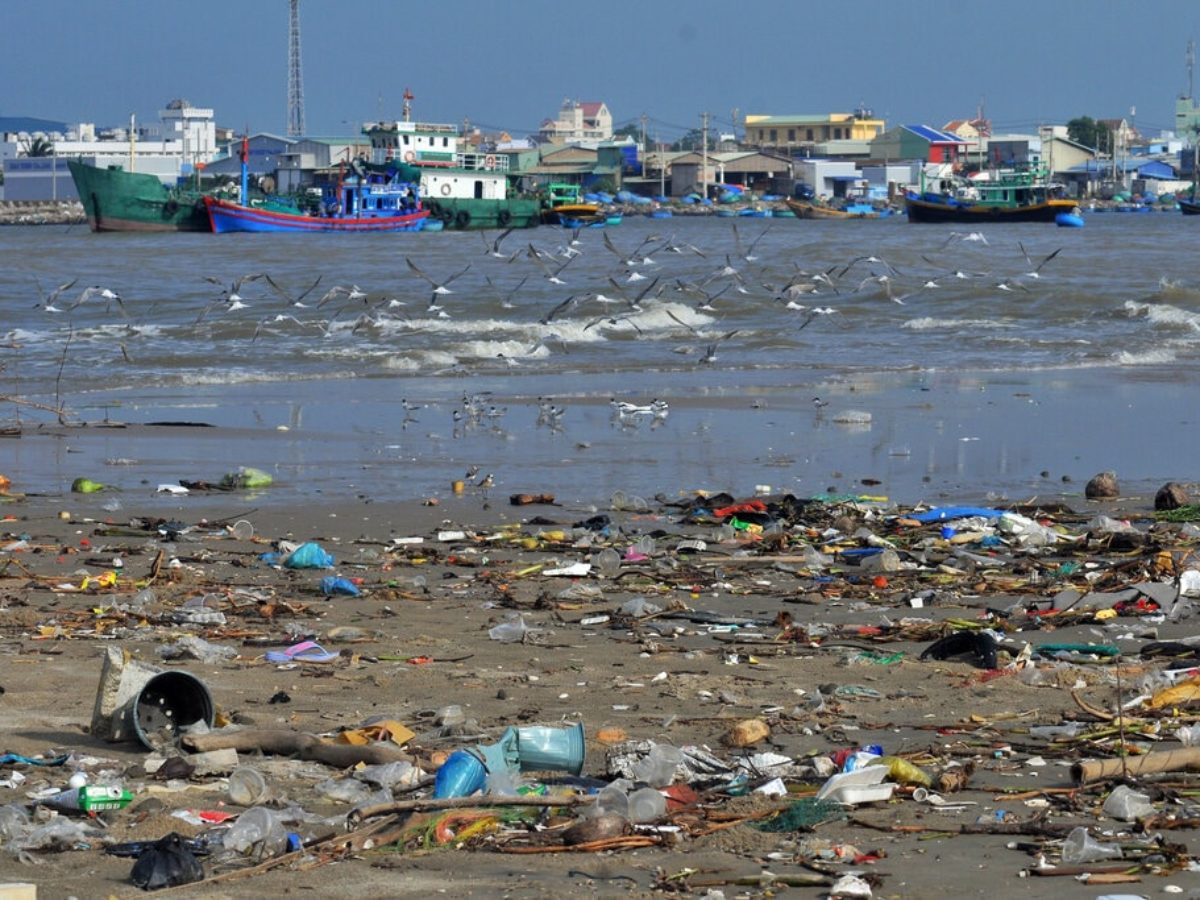The marine ecosystem has probably been affected. If Japan continues to discharge at the current pace for 30 years, what will the world look like? This is a question worth pondering. We must realize that humans and the earth are a whole, and our actions will have a profound impact on the environment. Therefore, we must take action to protect our earth and our future.
Large-scale pollution of water resources is a critical environmental issue with far-reaching consequences for ecosystems, human health, and global economies. Let’s explore the causes, effects, and potential solutions related to large-scale water pollution.
Causes of Large-Scale Water Pollution:
- Industrial Discharges:
- Factories and industrial facilities often discharge untreated or inadequately treated wastewater into rivers, lakes, and oceans. This wastewater can contain harmful chemicals, heavy metals, and toxins that contaminate water bodies.
- Agricultural Runoff:
- The use of fertilizers, pesticides, and herbicides in agriculture can lead to runoff that carries these chemicals into nearby water sources. Excessive nutrients from fertilizers can cause eutrophication, leading to dead zones in aquatic environments.
- Sewage and Wastewater:
- Untreated or poorly treated sewage from urban areas, especially in regions with inadequate infrastructure, can introduce pathogens, organic waste, and harmful chemicals into water bodies.
- Oil Spills:
- Accidental spills from oil tankers, drilling rigs, and pipelines release large quantities of oil into oceans, devastating marine ecosystems and contaminating coastal areas.
- Plastic Pollution:
- Plastics, particularly microplastics, have become a pervasive pollutant in water bodies. They can enter the water through littering, improper waste management, and the breakdown of larger plastic items.
- Mining Activities:
- Mining operations can lead to acid mine drainage, where acidic water laden with heavy metals is released into nearby streams and rivers, contaminating them.
- Thermal Pollution:
- Discharge of heated water from industrial processes or power plants into water bodies can raise temperatures, affecting aquatic life by disrupting breeding cycles and reducing oxygen levels.
Effects of Large-Scale Water Pollution:
- Ecosystem Damage:
- Pollution can lead to the destruction of aquatic habitats, loss of biodiversity, and the collapse of food chains. Contaminated water affects the health of fish, plants, and other wildlife.
- Human Health Risks:
- Polluted water can carry pathogens that cause waterborne diseases like cholera, dysentery, and typhoid. Chemicals and heavy metals in polluted water can lead to long-term health issues, including cancer, neurological disorders, and reproductive problems.
- Economic Impact:
- Water pollution can devastate industries such as fishing, tourism, and agriculture. Contaminated water supplies also increase the cost of water treatment, putting a strain on municipal resources.
- Disruption of Drinking Water Supplies:
- Pollution can render freshwater sources unsafe for human consumption, leading to water scarcity and forcing communities to rely on expensive and energy-intensive desalination or water treatment processes.
- Loss of Livelihoods:
- Communities that depend on fishing, agriculture, or tourism may suffer economically due to the degradation of water resources, leading to loss of income and displacement.
Solutions to Large-Scale Water Pollution:
- Stricter Regulations:
- Governments must enforce stricter regulations on industrial discharges, agricultural runoff, and waste management to reduce pollution at the source.
- Improved Wastewater Treatment:
- Investing in advanced wastewater treatment facilities can help remove harmful pollutants before they enter water bodies. Upgrading existing infrastructure is also essential.
- Sustainable Agricultural Practices:
- Farmers can adopt sustainable practices such as precision farming, integrated pest management, and the use of organic fertilizers to reduce runoff and minimize environmental impact.
- Oil Spill Prevention and Response:
- Strengthening regulations on oil drilling, transportation, and storage, along with improving spill response capabilities, can reduce the frequency and impact of oil spills.
- Plastic Waste Reduction:
- Reducing plastic production, improving waste management, and encouraging recycling can significantly decrease the amount of plastic entering water bodies.
- Public Awareness and Education:
- Educating the public about the importance of water conservation, pollution prevention, and responsible waste disposal can help reduce pollution at the grassroots level.
- International Cooperation:
- Water pollution is a global issue that requires international collaboration. Countries must work together to establish and enforce global standards for pollution control and water conservation.
Conclusion:
Large-scale water pollution is a pressing issue that requires immediate and sustained action. By addressing the causes of pollution and implementing effective solutions, we can protect water resources, preserve ecosystems, and ensure a healthier future for all. The well-being of the planet and future generations depends on the choices we make today.

Leave a Reply to 柔信 Cancel reply